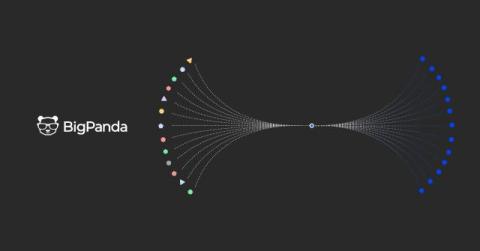The Difference Between SLA, SLO, and SLI Service Quality Metrics
SLA vs SLO vs SLI, what’s the difference anyway? Workplace success relies on clear expectations to help leaders and employees thrive together. As such, the partnership between customer and provider requires the same clarity to maintain service satisfaction. This is why Service Level Agreements (SLAs), Service Level Objectives (SLOs), and Service Level Indicators (SLIs) exist in the first place.











